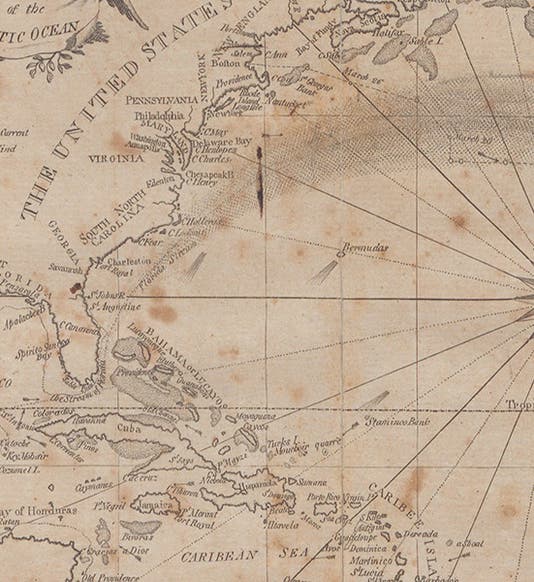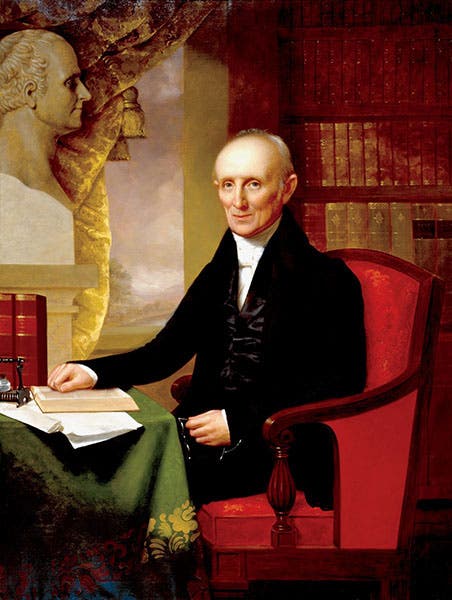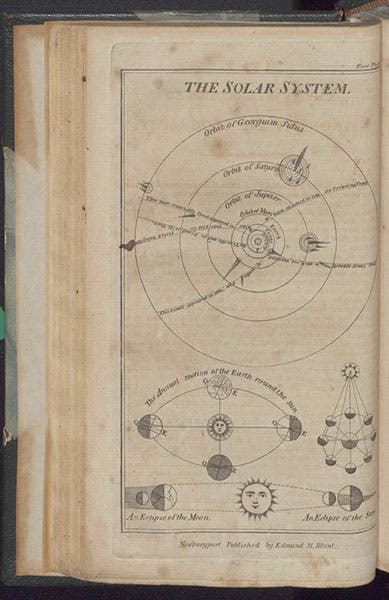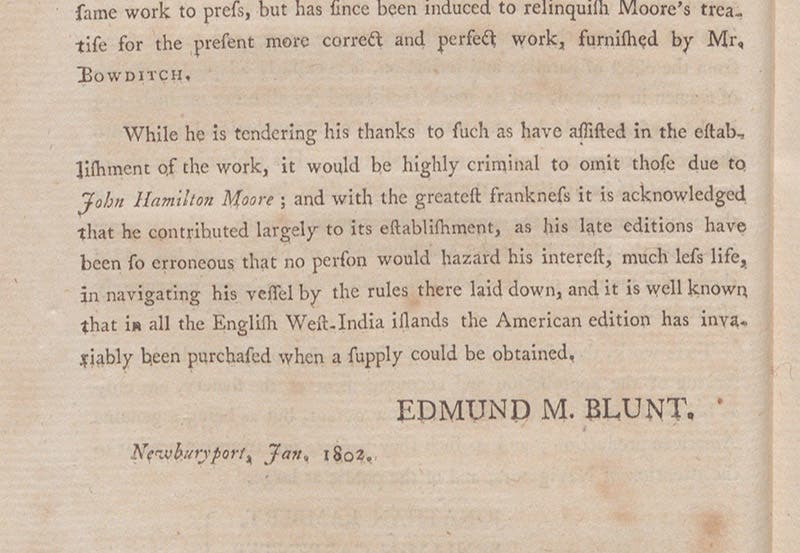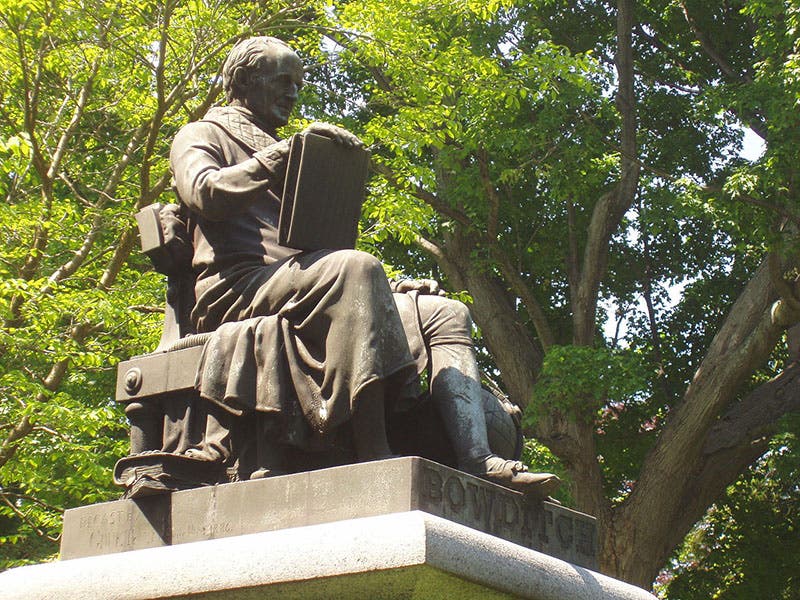Scientist of the Day - Nathaniel Bowditch
Nathaniel Bowditch, an American mathematician, was born Mar. 26, 1773. For several years, beginning in 1799, Bowditch edited the American edition of an English publication for seamen: The New Practical Navigator, compiled by John Hamilton Moore. The English version, especially the tables, was filled with errors – thousands of errors – which Bowditch carefully corrected for the American edition. So preferable were the Bowditch editions to the English editions that they sold widely, even to the English market, because they were so much more accurate. As they were preparing a third American edition, Bowditch and his publisher finally said, to heck with this, let's publish our own navigational guidebook and forget about Mr. Moore.
So, in 1802, the first edition of The New American Practical Navigator was published, and from its first appearance in bookshops, it became an instant classic, and it has never been out of print – 220 years later, you can buy the latest edition, right now, on Amazon, if navigation handbooks are your thing. The first edition looks somewhat formidable, with its tables and formulae, but it is actually quite easy to read and follow – if it were not, it would not have been so immediately appealing to naval hands and merchant marines, hardly any of whom went to Harvard or the Naval Academy. And it has several simple but handsome illustrations (fourth image), as well as a frontispiece map of the Atlantic Ocean, of which we show a detail (first image). We have a copy of the first edition in our History of Science Collection, and it is quite a treasure, since practical handbooks like this are meant to be used, and they are more likely to end up in a fish locker than a library.
In our copy (and I suppose in every copy of the 1802 edition), there is an "Advertisement", inserted after the title page and written by the publisher, Edmund M. Blunt, of Newburyport. He singled out one individual for special words of appreciation; we show a detail of the actual page in our fifth image below, but in case it is not easily legible, we transcribe it here:
"While he is tendering his thanks to such as have assisted in the establishment of the work, it would be highly criminal to omit those due to John Hamilton More; and with the greatest frankness it is acknowledged that he contributed largely to its establishment, as his late editions have been so erroneous that no person would hazard his interest, much less life, in navigating his vessel by the rules there laid down."
The feelings of the War of Revolution, it would seem, had not quite yet been laid to rest.
As if to demonstrate his considerable mathematical abilities, beginning in the 1810s, Bowditch began translating and preparing a commentary on the Traité de mécanique céleste of Pierre-Simon Laplace, whom we featured in a post just a few days ago. It was apparently not easy to find a publisher in the United States, because the first volume did not appear until 1829, with the title Mécanique céleste by the marquis de La Place. The fourth volume came out in 1838, the year of his death. He never did translate the fifth volume. We have this 4-volume set in our history of science collection.
When Bowditch died in 1838, his friends and the public commissioned a memorial statue from Robert Ball Hughes, which was completed and erected in the Mount Auburn cemetery in Cambridge, Mass. It is supposedly the first life-size bronze cast in the United States: which puts Jacksonian America about 400 years behind Donatello and the Italian Renaissance. There is another, more distant view of the statue in our post on Jacob Bigelow, who designed Mount Auburn. The book that Bowditch is clutching to his breast is not the New American Navigator, but Laplace’s Mécanique céleste.
Dr. William B. Ashworth, Jr., Consultant for the History of Science, Linda Hall Library and Associate Professor emeritus, Department of History, University of Missouri-Kansas City. Comments or corrections are welcome; please direct to ashworthw@umkc.edu.

